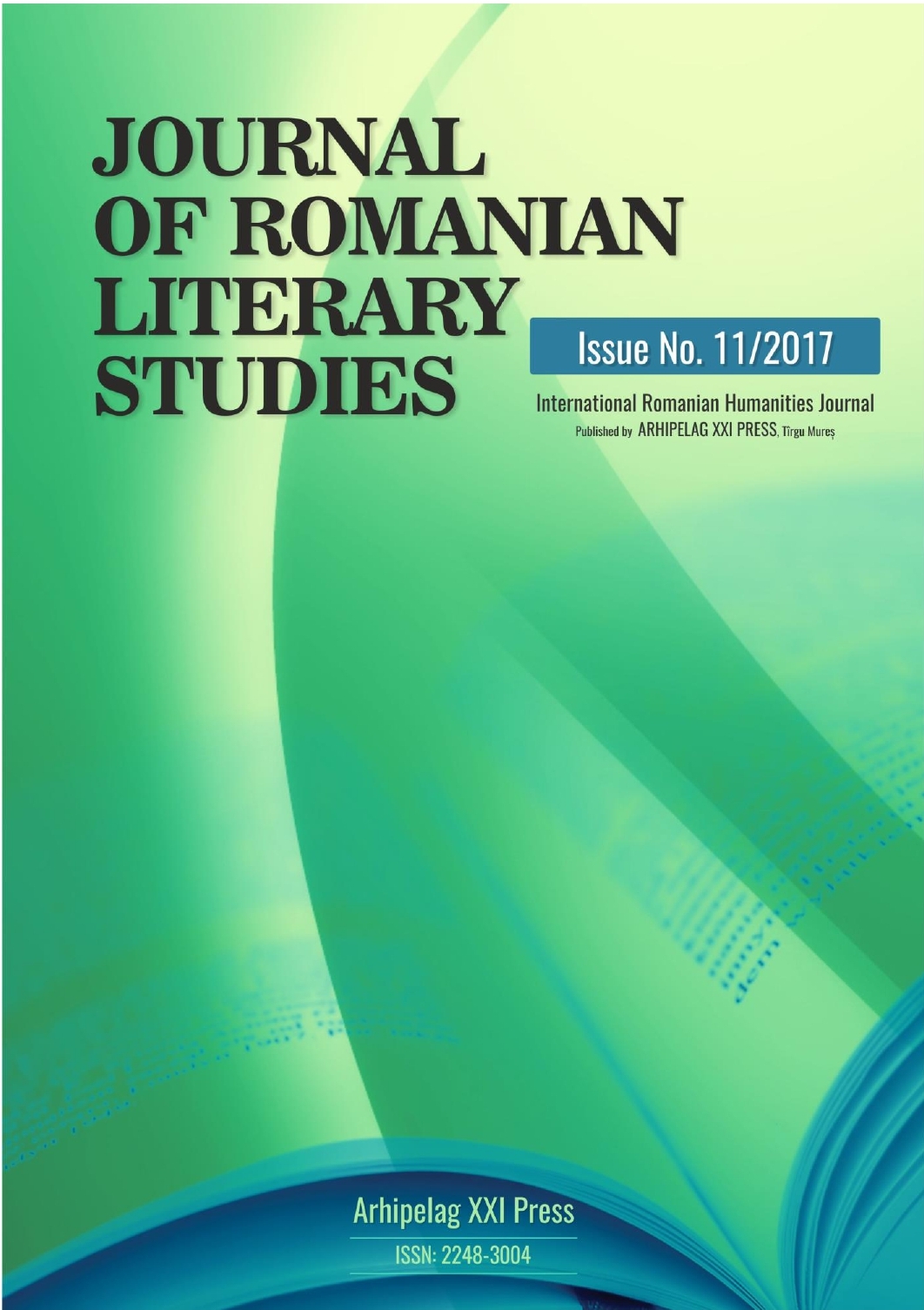WILLIAM HOLMAN HUNT’S EKPHRASTIC APPROACHES OF SHAKESPEARE
WILLIAM HOLMAN HUNT’S EKPHRASTIC APPROACHES OF SHAKESPEARE
Author(s): Lavinia HuleaSubject(s): Theatre, Dance, Performing Arts, Visual Arts, Studies of Literature, 19th Century
Published by: Editura Arhipelag XXI
Keywords: reversed ekphrasis; Pre-Raphaelite painters; Shakespeare; literary sources; visual target texts;
Summary/Abstract: During the nineteenth century, the relationships between literature and visual art were quite close and painters were often regarded as artists who possessed the skills required in order to render the “dramatic potential of a poet’s imagined picture” (Meisel, 1983: 69). Not only literature and painting have come to be understood as capable to interpret one another, but, important literary works seemed to be lacking in plenitude, in the case when they failed to observe their visual art analogues. The Pre-Raphaelite painters relied strongly on narrative sources for their pictures, drawings, and engravings, and Shakespeare, whom they considered the supreme master of word art, provided them an almost inexhaustible source for their varied interests. According to Adrian Poole (2004: 59), “… the Pre-Raphaelites produced more than sixty illustrations from Shakespeare. In general they sought situations of emotional and psychological complexity in both comedies and tragedies, though mainly the latter.” Apart from their Shakespeare-inspired works, focusing on a single character, usually a woman, the Pre-Raphaelites also produced a series of paintings that render groups of characters, relying upon specific scenes in Shakespeare’s plays. Such is the case of William Holman Hunt’s paintings inspired by Measure for Measure, The Two Gentlemen of Verona, and King Lear.
Journal: Journal of Romanian Literary Studies
- Issue Year: 2017
- Issue No: 11
- Page Range: 296-304
- Page Count: 9
- Language: English

